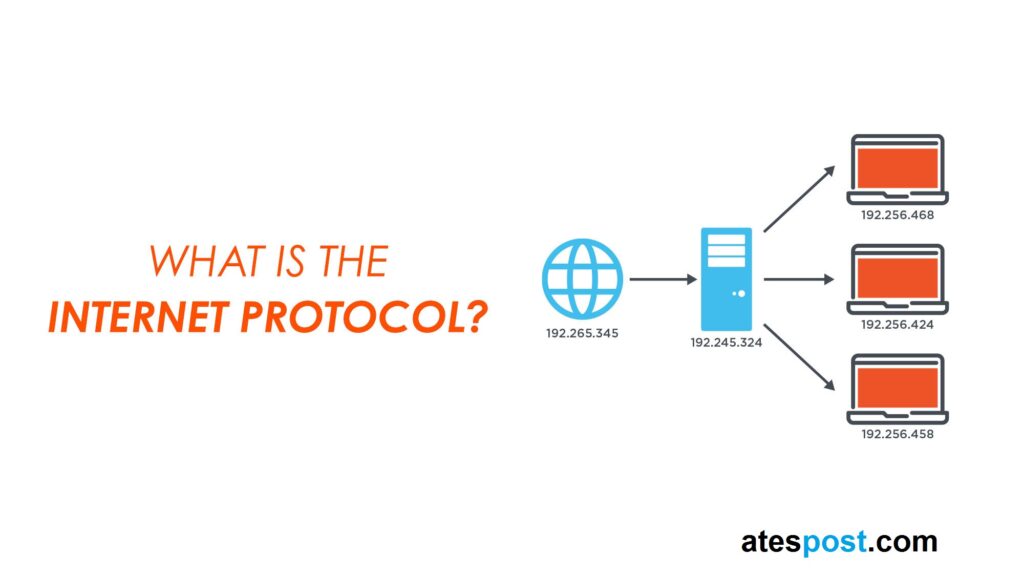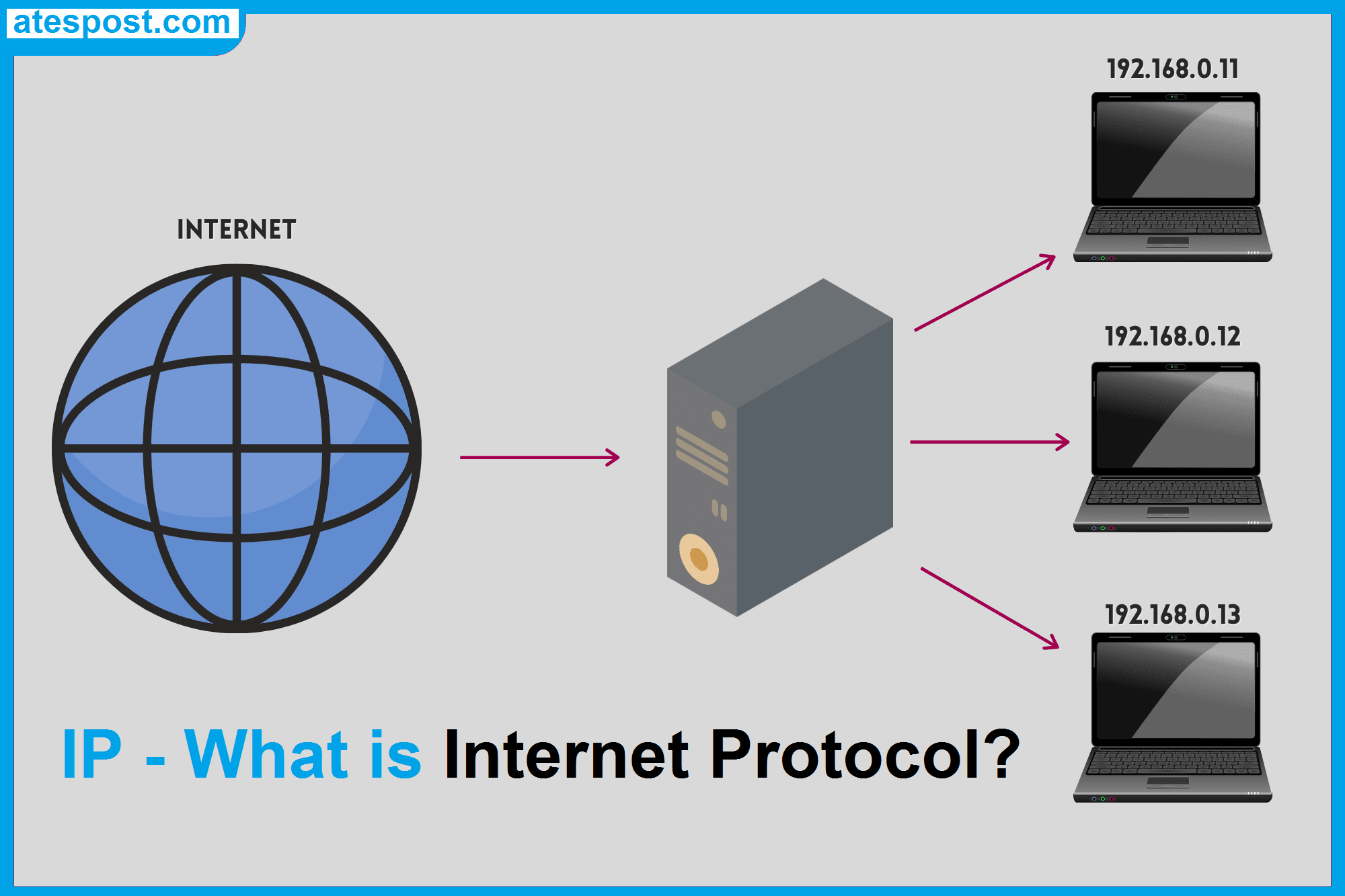Do you know what is Internet Protocol? If you do not know and you are searching on the internet internet protocol then after reading this article you do not need to go anywhere else to get information about internet protocol.
Because in today’s article we are going to give you complete information about Internet Protocol and in this article you will get answers to all your questions related to Internet Protocol, so definitely read this article till the end.

Internet Protocol Meaning
Internet protocol which we know as IP, we also call Internet Protocol. It means a set of rules designed to transfer data over the Internet, which we call Internet Protocol. The Internet Protocol was also published by the (IEEE) Institute of Electrical and Electronics Engineers.
Lets Understand What is Internet Protocol in Detail
Friends, now let us talk about what is actually IP Internet Protocol? (IP) Internet protocols are rules designed to work in the Internet world, which are mandatory to be followed by Internet users.
If an Internet user does not follow the Internet Protocol, then he will not be able to access the Internet and will not be able to run the Internet properly. If you want to access the Internet, you must follow the Internet Protocol.
Internet Protocol is similar to a postal service, in which the rules made by the post have to be followed in sending an item from one place to another, similarly if you send any message, video or file to any person over the Internet. If you want, you have to follow Internet Protocol.
Whenever you transfer a file or data to a person, that data gets divided into many small parts, which we know as IP Packets or Datagrams.
May you love to read: Digital India Conference of State IT Ministers held along with the launch of 5G
Each Datagram contains information about Sander and Receiver. We know this as IP Information. The path of the datagram on the Internet is not fixed, it is completely free.
The work of Internet Protocol starts from the file sent by the Sander till the file reaches the Receiver, the work of Internet Protocol is done before sending the file and not after reaching the file.
An IP packet is a part of the data sent by users, which contains information about IP information, on the basis of this information, the Internet protocol is able to deliver the messages and files sent by the sender to the right place, in a datagram or IP packet. In total, there are 14 types of information which are given below-
- IP Version
- IP Header Length
- Service
- Total Length
- Header Checksum
- Source IP Address
- Destination IP Address
- Options
- Data
- Identification
- Flags
- Fragment Offset
- Time to Live
- Protocol
List of Internet Protocol
IP – “Internet Protocol”
TCP – “Transmission Control Protocol”
FTP – “File Transfer Protocol”
SMTP – “Simple Mail Transfer Protocol”
EP – “Ethernet Protocol”
TELNET – “Terminal Network”
POP3 – “Post Office Protocol 3”
HTTP – “Hyper Text Transfer Protocol”
HTTPS – “Hyper Text Transfer Protocol Secure”
Difference Between IPv4 and IPv6
- IPv4 and IPv6 are both IP addresses, IP address is IPv4 32 bit binary number which is represented by decimal.
- IPv6 is a 128 bit binary number address which is represented by hexadecimal.
- IPv4 and IPv6 are used to identify the machines connected to the network.
- In general, both IPv4 and IPv6 are similar but the way of working of both is different.
- IPv4 is less useful for mobile networks and IPv6 is more useful for mobile networks.
- In IPv4 the number of header fields is 12 and in IPv6 the number of header fields is 8.
- IPv6 was introduced in 1981 and IPv6 was introduced in 1999.











